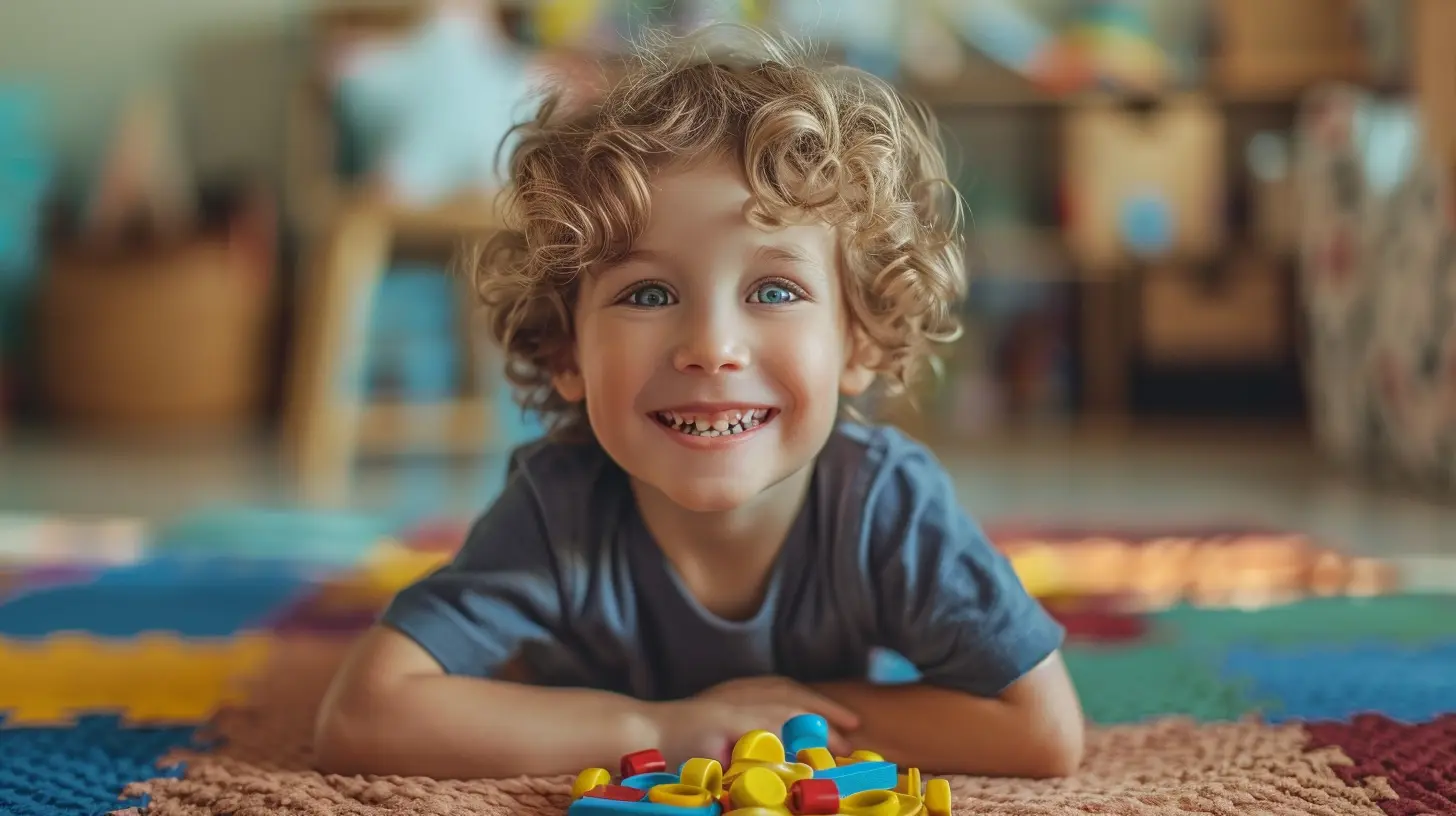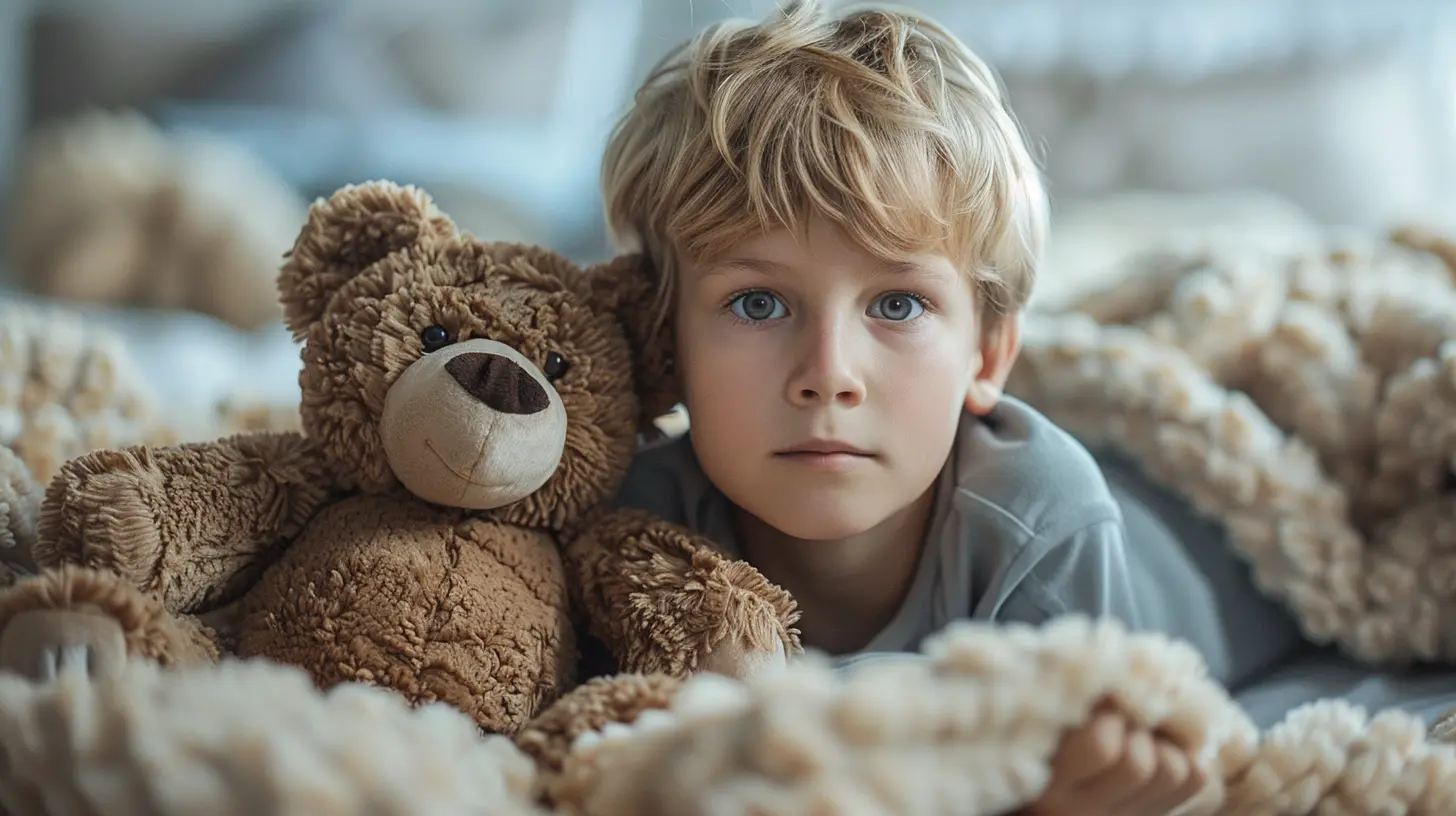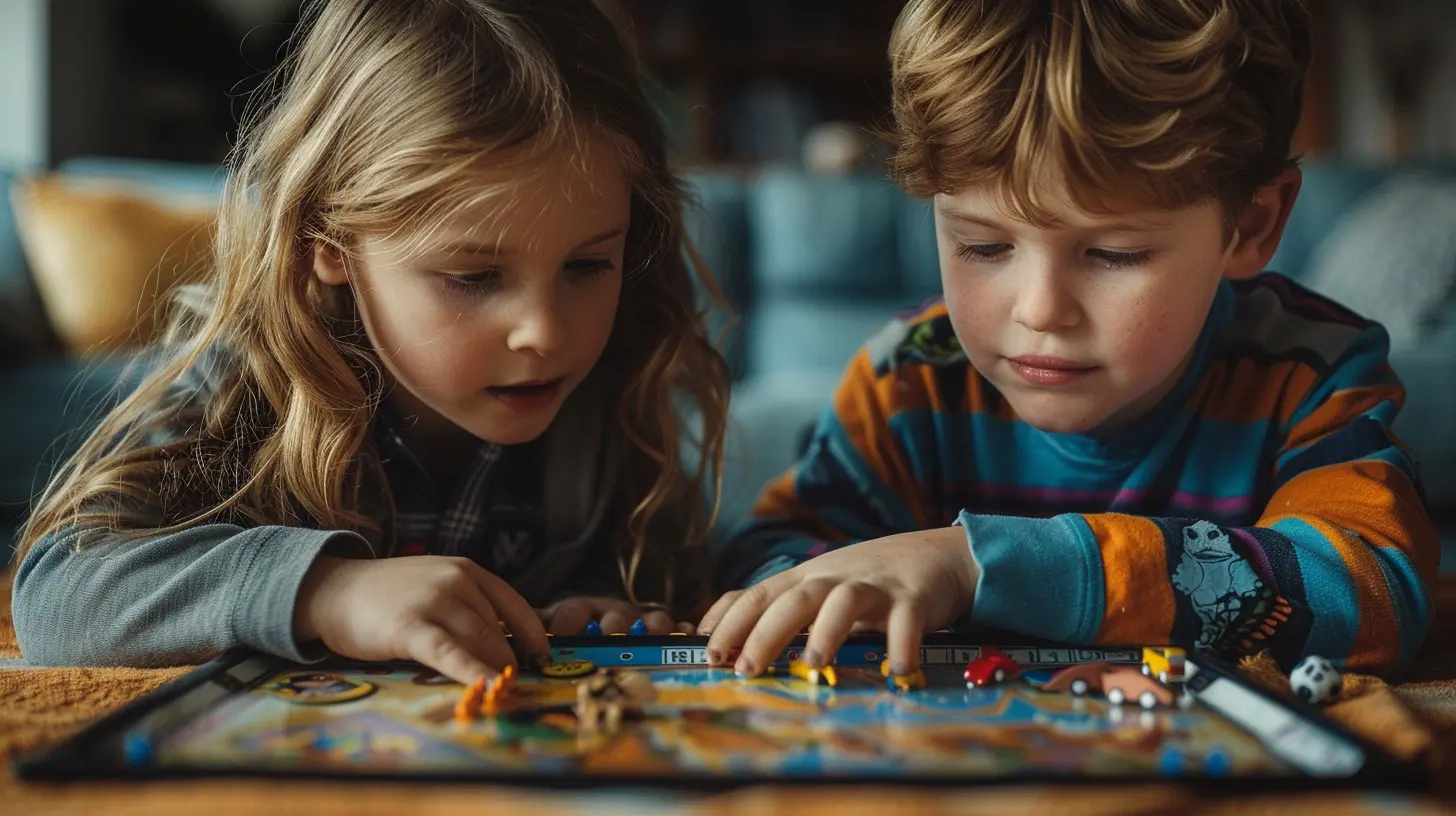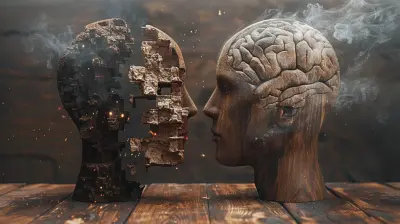The Role of Play Therapy in Childhood Emotional Development
3 August 2025
Think back to your own childhood. Can you remember moments where you lost yourself in play? Maybe it was building a fort, caring for a doll, or running through imaginary worlds with your friends. Now, imagine if someone told you that those innocent acts of fun were actually shaping your emotions, helping you grow, and teaching you how to deal with life. Fascinating, right?
That’s the beauty and the heart of play therapy—a form of counseling that lets children express, explore, and heal using the most natural language they know: play.
In this article, we’ll dive deep into how play therapy supports emotional development in children, why it works so well, and how it's making a difference in little lives every single day.
What is Play Therapy Anyway?
Let’s start with the basics. Play therapy is a therapeutic approach primarily used with kids between the ages of 3 and 12. Instead of asking children to talk about their feelings (which, let’s be real, isn’t easy even for adults), therapists invite them to play it out.It’s not just random games or toys thrown around a room. It’s structured, intentional, and guided by a mental health professional who’s trained to interpret a child’s play and help them make sense of what they’re experiencing emotionally.
Think of it this way: if talk therapy is a road map for adults, then play therapy is the child’s GPS. It gives them a way to navigate complicated feelings in a world where words still fail them.
Why Children “Speak” Through Play
Kids don’t always know how to say, “I’m sad,” or “I feel scared.” But they can show you. Ever seen a child make a toy figure fall repeatedly? Or draw a picture of a monster under the bed? That’s expression.Play is a child’s most natural form of communication. It gives them a safe outlet to:
- Work through confusing emotions
- Reenact experiences
- Gain a sense of control
- Feel heard and understood
So, in a therapeutic setting, toys become words and play becomes language. Through play, a child can say what they don’t have the vocabulary—or courage—to say out loud.
Emotional Development: The Core of It All
Before we explore how play therapy helps, let’s get super clear on what emotional development even means.Children aren’t born knowing how to regulate their emotions. They learn it over time—through relationships, experiences, and yes, through play. Emotional development includes:
- Recognizing and naming emotions (like happy, angry, lonely)
- Managing those feelings in healthy ways
- Building empathy and understanding others
- Developing self-esteem and confidence
The earlier kids start developing these skills, the better equipped they’ll be to handle life’s challenges—big and small.
The Magic of the Playroom: How Therapy Works
A typical play therapy session isn’t chaotic or unstructured. It’s intentionally set up by the therapist with tools like:- Art supplies
- Puppets
- Sand trays
- Blocks
- Costumes
- Dolls or action figures
Each of these items invites expression, imagination, and symbolic communication. The therapist watches closely—noticing patterns, themes, and shifts in the child’s play.
For example, a child who recently experienced a trauma might use dolls to act out a scene where one character loses their parent. Over time, the plot might change, offering clues that the child is beginning to process and heal from that loss.
Here’s where it gets brilliant: the therapist doesn’t jump in and “fix” anything. Instead, they guide, support, and reflect. It’s the child who does the work—they just do it through stories, symbols, and toys.
Conditions That Benefit from Play Therapy
You might be wondering—does play therapy only help kids who’ve gone through trauma?Nope. It’s incredibly versatile and supports a wide range of emotional and behavioral issues, such as:
- Anxiety
- Depression
- PTSD
- ADHD
- Autism spectrum disorders
- Divorce or family transitions
- Grief and loss
- Aggression or anger issues
- Social challenges
It’s also useful for children who don’t have a specific “diagnosis” but are struggling to adapt emotionally, whether it’s starting school, making friends, or dealing with a new sibling.
The Science Behind the Smiles
You know what’s cool? This isn’t just “feel good” therapy. There’s real science behind it.Research has shown that play therapy:
- Enhances brain development
- Lowers cortisol (stress hormone) levels
- Builds new neural pathways
- Improves emotional regulation over time
In a way, playing with purpose rewires the brain. So when a child goes from chaotic play to more cooperative, imaginative scenarios, it’s not just coincidence—it’s growth.
The Therapist as a Play Partner
One major thing that sets play therapy apart is the relationship between the child and the therapist. This bond becomes a foundation for trust, safety, and healing.The therapist steps into the world of the child—not as an adult directing their play, but as a respectful witness and participant. It's a bit like being allowed into a top-secret club where emotions run the show.
When a child feels seen, heard, and accepted—just as they are—it creates room for authentic emotional expression and development.
How Parents Fit Into the Picture
While the core work happens in session, parents are a massive part of the puzzle.Often, therapists keep parents in the loop by offering:
- Progress updates
- Parenting strategies
- Family sessions when needed
In some cases, filial therapy (a form of play therapy involving parents) is used to strengthen the parent-child bond. Parents learn how to “play therapeutically” with their kids at home, creating consistency and reinforcing growth outside the therapy room.
Remember, emotional development isn’t something that only takes place once a week—it’s a daily journey, and parents are the copilots.
Success Stories That Speak Volumes
Let’s talk real life.One 5-year-old boy, let’s call him “Leo,” started play therapy after his parents’ divorce. He wasn’t acting out, but he was becoming withdrawn and moody.
In therapy, he gravitated toward toy houses and family dolls—acting out scenes of separation, arguments, and eventually, reconciliation. Week by week, his emotional vocabulary grew. He started saying things like, “I feel mixed up,” or “I miss Dad.”
By giving him a safe space to explore his feelings through play, Leo didn’t just “get over it”—he grew through it.
That’s the power of play therapy in action.
Why Early Intervention Matters
Here’s something that can’t be stressed enough: early emotional support is proactive, not reactive.Waiting for problems to become crises? That's like waiting until your car breaks down before checking the oil. With early intervention, kids can:
- Bounce back from losses quicker
- Avoid long-term mental health challenges
- Build resilience from a young age
It’s like building emotional muscle—one playful rep at a time.
How to Know If a Child Could Benefit
So how do you know if a child might need play therapy?Here are a few signs:
- Sudden changes in behavior
- Emotional outbursts or withdrawal
- Difficulty adjusting to new situations
- Trouble connecting with peers
- Repetitive or aggressive play themes
- Expressing fear or anxiety regularly
If you're seeing these things and they persist, it might be time to reach out to a qualified child therapist.
Final Thoughts: Let Kids Play, Heal, and Grow
In a world where children are often pushed to grow up fast, play therapy makes space for them to slow down, feel deeply, and develop emotionally in their own unique way.It’s not just about toys and games. It’s about healing, learning, and becoming emotionally whole—one playful moment at a time.
If we truly want to nurture resilient, emotionally intelligent children, then we must start by listening to the language they know best—play.
Let’s give them the tools not only to express who they are, but to become who they’re meant to be.
all images in this post were generated using AI tools
Category:
Therapy TechniquesAuthor:

Eliana Burton
Discussion
rate this article
1 comments
Lark McClure
Intrigued by play therapy's impact on emotional growth!
August 30, 2025 at 3:15 AM

Eliana Burton
Thank you for your interest! Play therapy can significantly enhance emotional growth by allowing children to express themselves and navigate their feelings in a safe environment.


